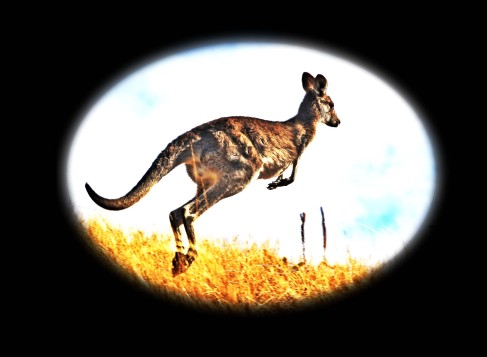I was celebrating the finish of Digital Photography with a coffee at my favourite cafe (Mylor cafe) and started looking through an art magazine, Art and Australia, 2011. I thought it would be interesting to see how much of a contribution digital photography made. When I first saw the above image I thought it was a digital photograph. It has the epic scale and detail that we have seen so many times in class. Michael Zavros is a ‘super-real’ painter, not unlike digital photographers who often make their subjects more real than real. Zavros’s detail is down to the last hair, like Alexia Sinclair’s work.
I guess this demonstrates that painters and photographers use the same principles to produce art (e.g. contrast, composition, colour) while using different techniques.
Also featured in Art Australia was the Moscow based collective, AES & F. Their work recreates tableaus of stories from history and legend, not unlike old paintings of battlefields.
The New Zealand photographer, Richard Orjis, had his work described as ‘arresting’. He combines ‘nature and culture’ to create ‘savage beauty’ in what look to be very complicated images. However, this is balanced by other works that are very simple in concept. I liked his floral works, to me they are an example of the ‘super real’. Perfect flowers in abundance, arranged as flowers often are, but around people rather than in a vase.
There were more art paintings than art photos in Art Australia but enough photographers were represented to give a good impression of art photography. It was certainly an enjoyable exercise: cappuccino, friand and fine art photography!
























Written
on June 1, 2012